The iPhone 12 Pro Max is the larger of Apple’s two new top-end phones. It’s built around the A14 processor and features a 6.7-inch Super Retina XDR OLED screen, protected by Apple’s new ceramic-enforced glass. There are three cameras plus a LiDAR sensor on the back. For selfies, there’s a camera with a 12 MP 1/3.6-inch sensor behind a 23 mm-equivalent f/2.2 lens, as well as a Structured Light (SL) sensor used for depth sensing to simulate background blur. This hardware appears to be shared across the iPhone 12 line. Read on to find out how the Apple iPhone 12 Pro Max fared in our DXOMARK Selfie tests.
Key front camera specifications:
- Dual front camera
- 12 MP 1/3.6-inch sensor with 23 mm-equivalent f/2.2-aperture lens
- SL 3D sensor for depth estimation
- 4K 2160p Dolby Vision HDR video at 24/30/60 fps, 1080p at up to 120 fps, gyro-EIS
Test summary
Scoring
Sub-scores and attributes included in the calculations of the global score.
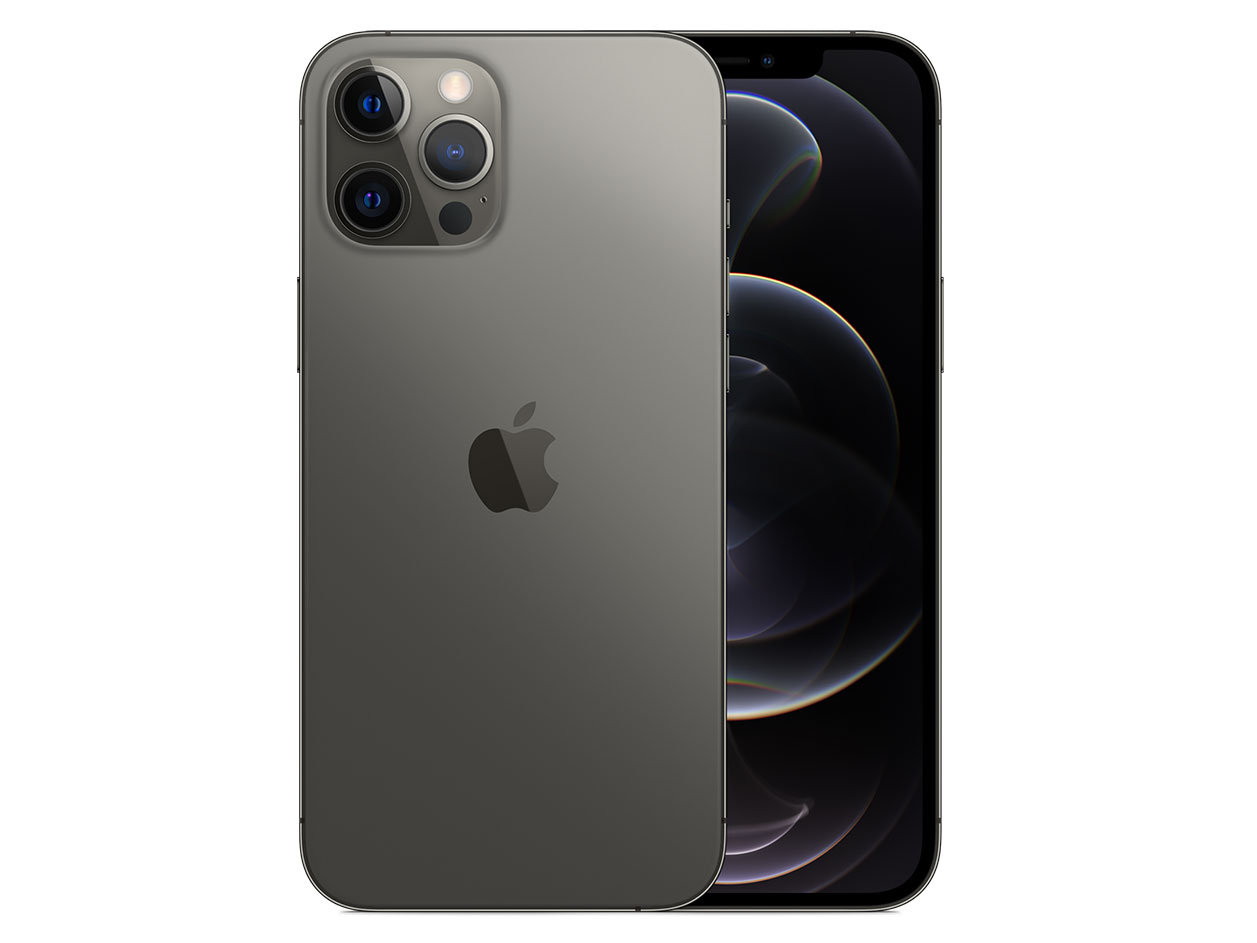
Apple iPhone 12 Pro Max


With an overall score of 98 points, the iPhone 12 Pro Max shoots excellent selfies, displaying a noticeable improvement over the iPhone 11 Pro Max and achieving almost identical results to the iPhone 12 Pro.
Its Photo score of 101 results from fairly even performance across the board. Exposure is generally accurate and reliable over consecutive shots, with the Apple device capable of bright selfies even in very dark lighting conditions. Exposure isn’t perfect, though, with strong backlighting occasionally leading to underexposure. Dynamic range can be a little limited, too, with some highlight clipping evident in challenging high-contrast scenes.
Color fidelity is good, with a noticeable improvement in skin tone rendering over the iPhone 11 Pro Max ensuring nicely saturated faces. In difficult backlit scenarios, white balance instabilities occasionally result in yellow-green color casts and unnatural skin tone rendering, but color is well controlled on the whole.
The iPhone 12 Pro Max boasts our second-highest score for front camera focus, which is impressive for a fixed-focus device. The lens is optimized for the 30 to 90 cm range, where faces are as sharp as many autofocus devices we’ve tested. Although shots are a little softer at 120 cm, good depth of field ensures that those long-range selfies remain acceptably sharp, too.
Detail is also very good on the iPhone 12 Pro Max, which achieved consistently good scores for texture rendering under all lighting conditions in our lab measurements and marks an improvement over its predecessor.
Visible noise is a slight weakness, with Apple favoring greater detail preservation over aggressive noise reduction in this iteration of their top-end front camera. Noise is well-controlled in bright light, and although clearly visible in both indoor and low-light selfies, its fine grain structure and even distribution ensures that it’s not too offensive.
Flash performance is the main area for improvement, with the iPhone 12 Pro Max front camera screen flash delivering some rather underwhelming results in our tests. With flash images usually underexposed, corner shading obvious, detail low and noise generally quite high, it’s better to seek out some brighter lighting conditions when you want to snap your face with the 12 Pro Max.
The phone’s simulated bokeh mode is an excellent strength, however, with the Apple device achieving a joint top score in this category. The front-facing SL sensor ensures reasonably good depth estimation for a front camera, with only minor edge artifacts visible. The simulated effect is also very pleasant overall, with nice rendering of skin tones, plenty of detail in the face, and a strong but natural-looking background blur with a realistic blur gradient.
The iPhone 12 Pro Max’s front camera scores a strong 93 in our video testing, only a few points behind the top performers in our database. Tested at 4K 30 fps with Dolby Vision HDR turned on, exposures are mainly accurate, with wide dynamic range ensuring well-preserved highlight and shadow detail when “face-timing” in challenging light. Generally neutral white balance and good color rendering deliver accurate skin tones, too.
Detail levels are high in bright light, but the flagship Apple device trails behind the best for texture under indoor and low-light conditions, where videos start to loose their edge. The fixed-focus lens avoids any unwanted focusing irregularities, though, and particularly at close- or medium-range, faces in front camera videos are very sharp.
Like with stills, noise in videos starts to become noticeable under indoor conditions or dimmer, but it’s only in very extreme low light when it starts to become a serious distraction. Stabilization leaves a bit of room for improvement, too, with some residual movement evident. However, none of these minor quibbles should deter you from thinking that the iPhone 12 Pro Max shoots excellent front camera video.
Conclusion
The iPhone 12 Pro Max’s front camera holds its own, improving on results from last year’s iPhone 11 Pro Max and delivering the same results as the smaller 12 Pro model. It’s not quite as adept as the best we’ve tested and its fixed-focus lens and small sensor does look a bit under spec’d on paper. That said, Apple has clearly done a lot to get the very best from the hardware and the device is capable of excellent front camera stills and video. So while not a groundbreaking device, the iPhone 12 Pro Max’s selfie shooter is another reliable photography asset for Apple enthusiasts after the biggest and best new iPhone.
Photo
Pros
- Exposure on faces generally accurate
- Pleasant skin tone rendering
- High detail in bright to normal indoor conditions
- Noise on in-focus subjects well controlled in bright light
- Accurate depth estimation in bokeh mode
- Wide dynamic range in videos
- Accurate white balance in videos
- Highly detailed videos in bright light
- Few artifacts in videos
Cons
- Noise visible in background
- Occasional white balance casts
- Clipping in high dynamic range scenes for stills
- Fixed focus leaves more distant subjects blurry
- Exposure low in flash mode
- Residual motion effects when walking
- High noise in videos at lower light levels
A note about image formats for this review: The Apple iPhone 12 Pro Max records photographs in the DCI-P3 color space, which Apple displays also use. DCI-P3 is newer and larger than the sRGB color space that most devices use, so to ensure that the images we used in the review display properly on a wide variety of browsers and devices, we converted the originals from DCI-P3 to sRGB. This can slightly reduce the richness of color in some cases from what you would see when viewing the original images on a DCI-P3-calibrated display with appropriate software. We also captured the original images using the new HEIF (High-Efficiency Image Format), but then converted them to very high-quality JPEGs for viewing in standard browsers and image editing software. (HEIF is very similar to JPEG, but provides better compression for similar image quality, so the conversion makes the sample image file sizes larger than they were when shot.)
We uploaded the iPhone 12 Pro Max HDR videos that use HLG Dolby Vision technology to Youtube without alteration. We recommend watching them on a compatible display for the best experience. This said, YouTube processing may alter the video quality, which is out of our control.


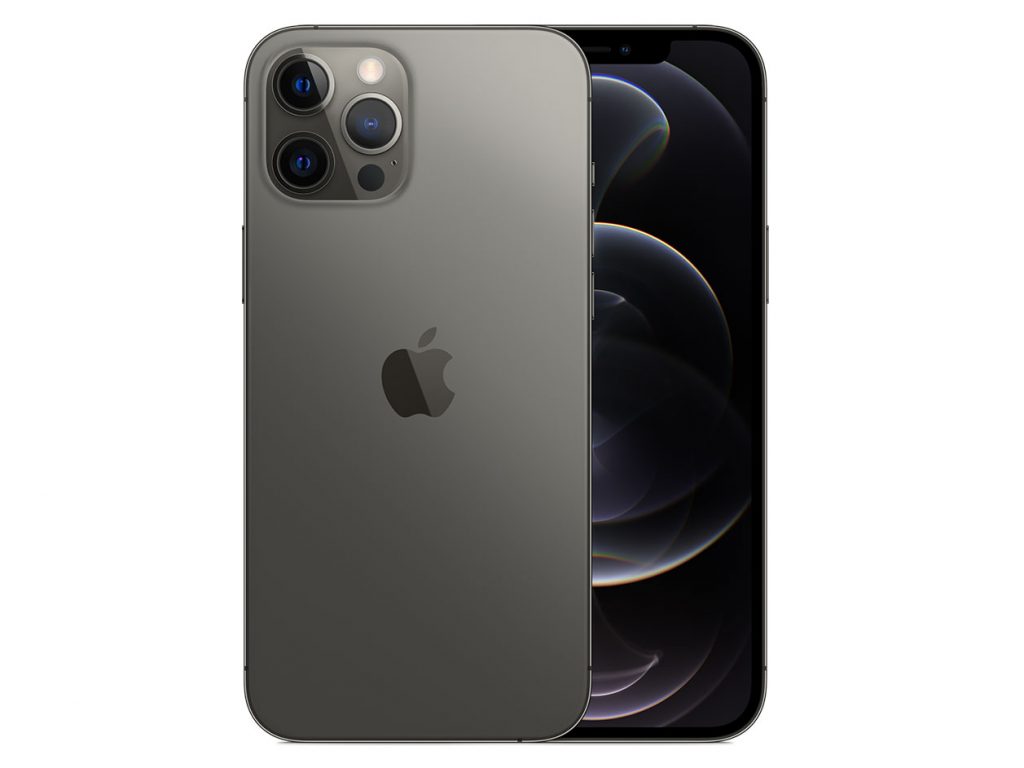
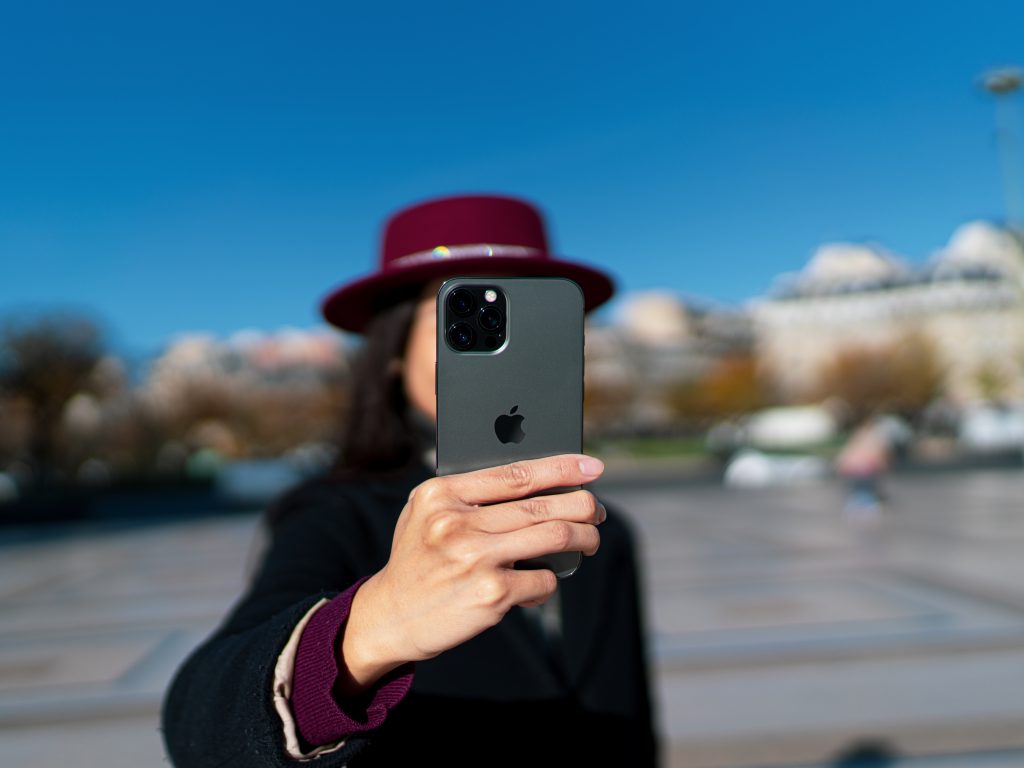

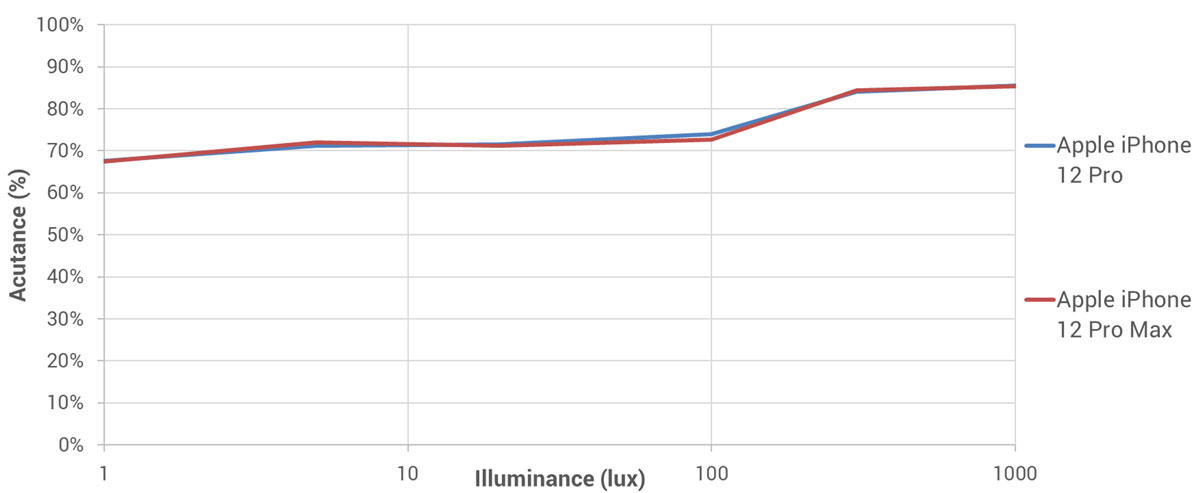




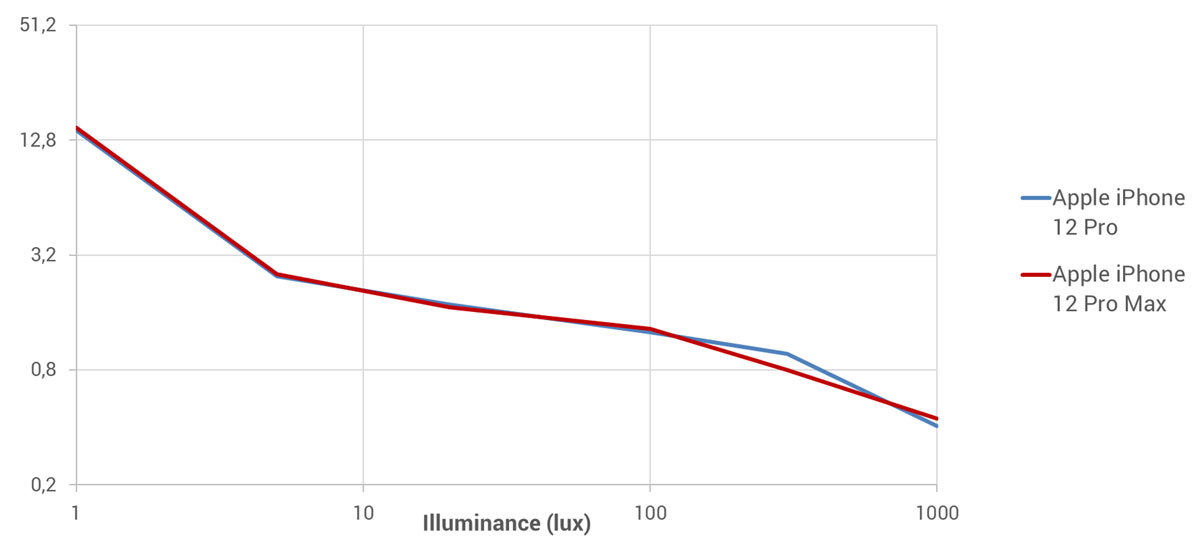
DXOMARK encourages its readers to share comments on the articles. To read or post comments, Disqus cookies are required. Change your Cookies Preferences and read more about our Comment Policy.